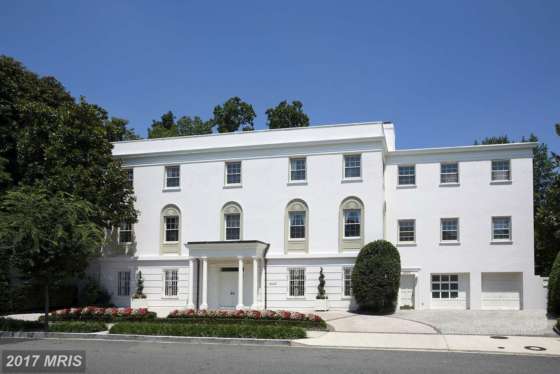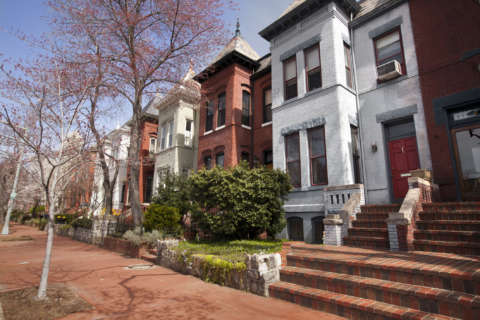WASHINGTON — The District now ranks No. 1 in the nation for the percentage of residential real estate being flipped, or purchased by investors, renovated and then resold, according to ATTOM Data Solutions.
Maryland now ranks No. 5.
Much of that multi-unit row house and condo flipping is being done by seasoned investors and high-volume developers. A shiny, newly-renovated, property, even at a lofty price, can look like a move-in ready dream to buyers.
Some of that flipping also is being done by individual buyers looking for a quick return on their investments, inspired by the proliferation of renovate-to-sell cable shows, and that raises the risk of corner-cutting and shoddy work.
For buyers, that can mean costly, or even dangerous shortcuts.
But in an environment of bidding wars, multiple offers and, especially in the District, sellers who aren’t all that interested in contingencies, some buyers may be tempted to forgo due diligence. Despite the pressure to get the best offer in front of sellers, that is still a mistake.
“Once you go through settlement, it’s like you’ve sealed the deal,” Jordan Aquino at McWilliams Ballard in D.C. told WTOP.
“If it’s a flipped home that’s general resale, you’re stuck with it,” he said.
Buyers, even in a heated multiple-offer bidding war, do have a small window to get a proper look under the hood.
“What we find our clients doing is getting an inspector before the offers are actually due,” Aquino said. “It can be done. Usually, they give you at least a week’s span, so that should give you time to find a really well-qualified inspector.”
He said the most egregious flipping shortcuts involve work that is not done up to code or by licensed contractors, shoddy electrical and plumbing that’s easily hidden behind fresh drywall and a new coat of paint, and bad utility metering in multi-unit renovations.
According to ATTOM Data Solutions, the 10.7 percent of residential sales in the District in the first quarter were flips, and 8.5 percent in Maryland were flipped properties.







